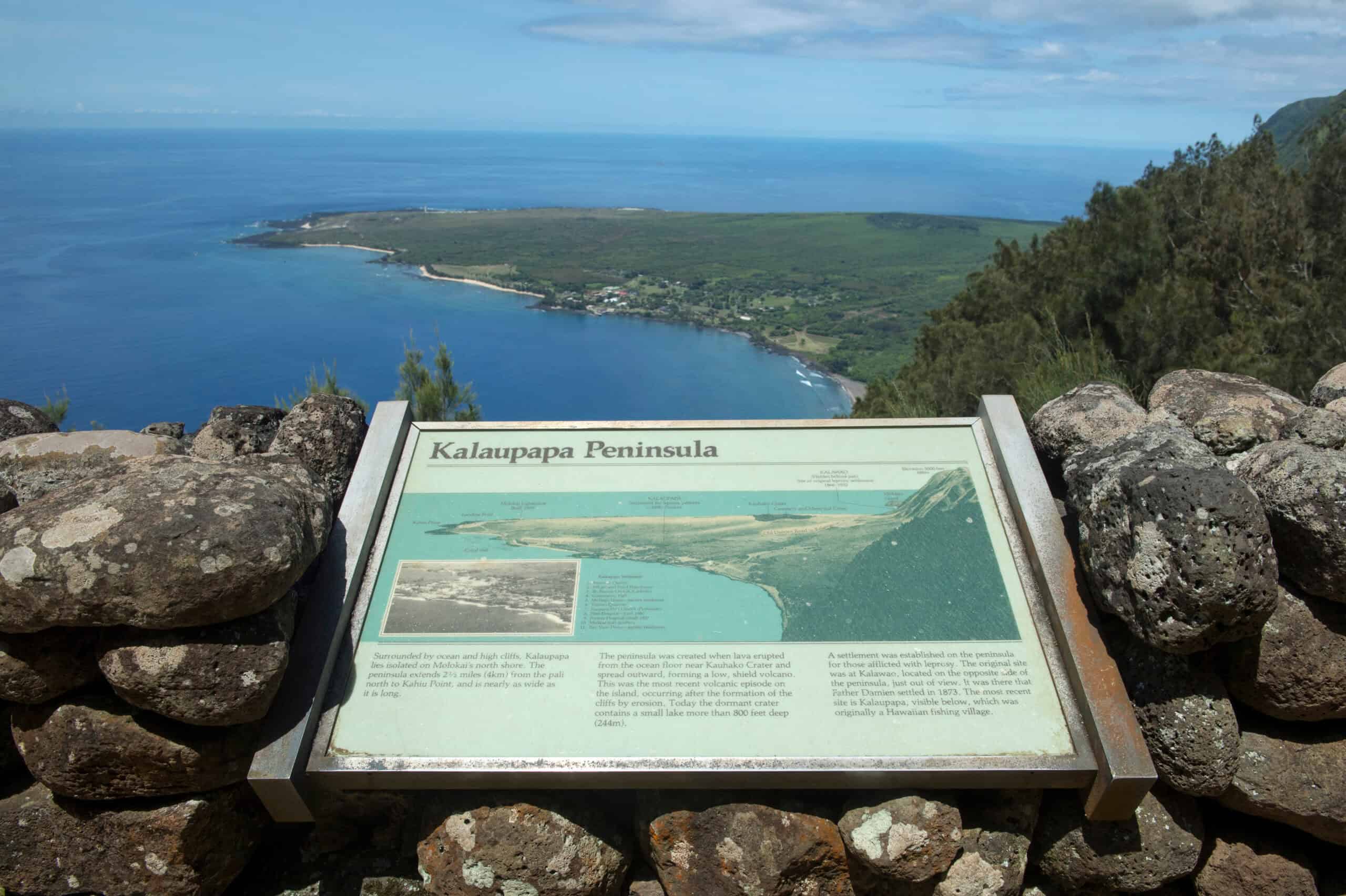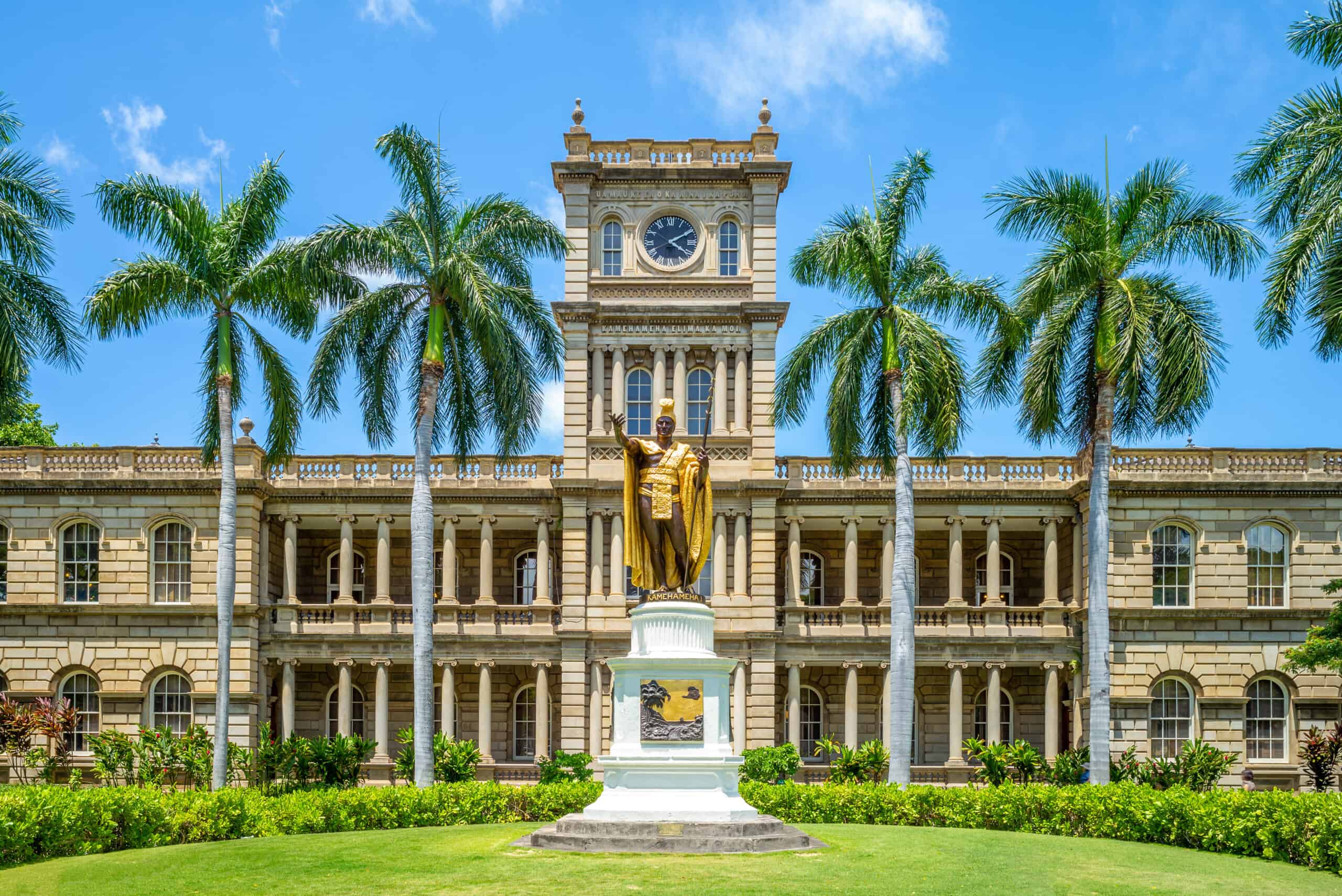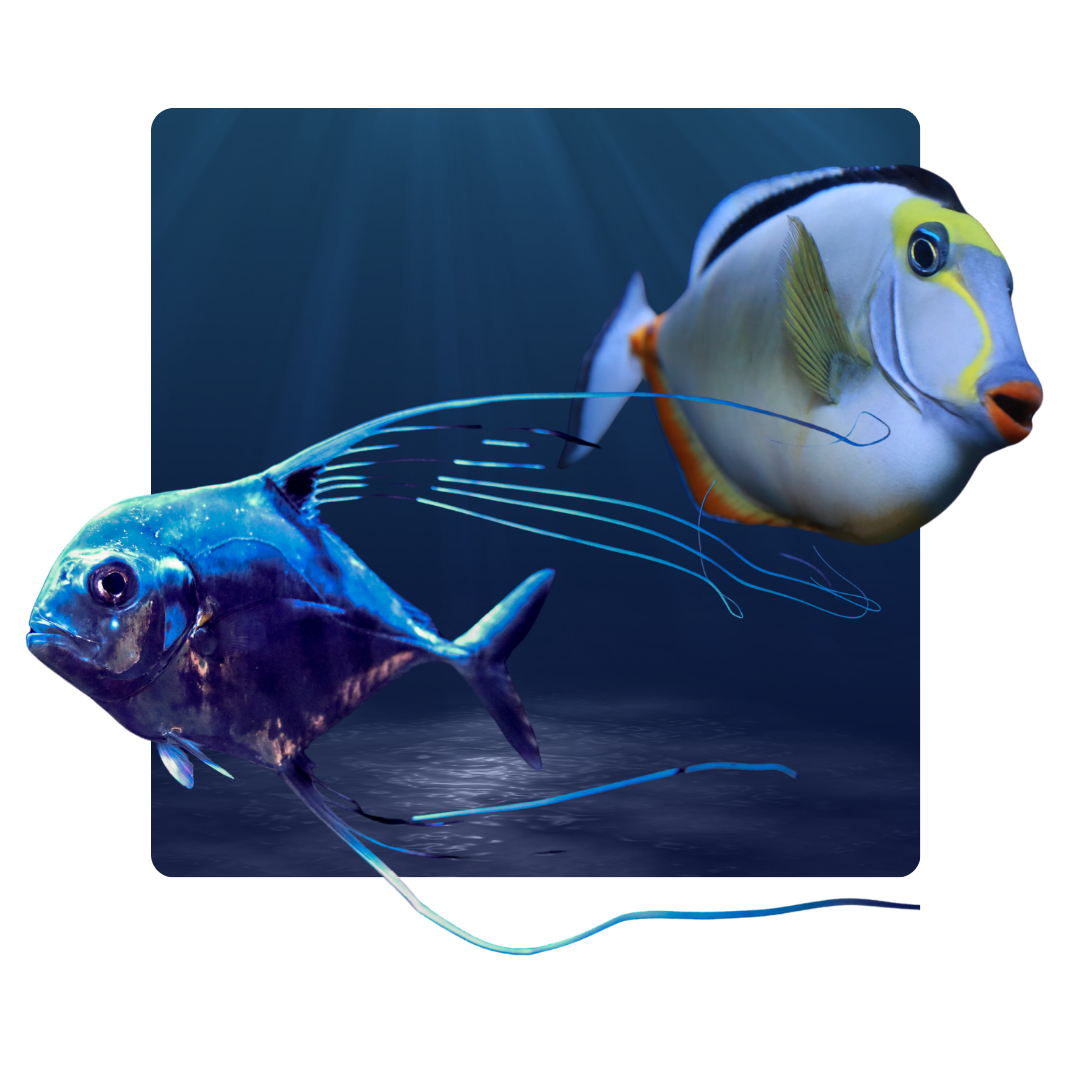In our chain of Hawaiian islands, one stands apart, steeped in an element of mystery. It’s called Niʻihau, and located just off the southwest coast of Kauaʻi, it’s earned an interesting nickname despite our friendly and inviting Hawaiian character—the “Forbidden Island.”
Niʻihau isn’t “forbidden” by any government law or ancient taboo (similar to Kahoʻolawe for its safety reasons). The reason is that it’s privately owned, and its owners have, for over 150 years, maintained a promise to protect the island’s culture, language, and environment. The cost? Severely restricting outside access.
This policy of secrecy and restriction has turned Niʻihau into somewhat of a place of legend. Who owns it? What’s its history? And is it really forbidden to visitors? We’ll explore Niʻihau together to better understand the wonder of the “Forbidden Island.”
What Does Niʻihau Mean?
While the exact ancient meaning of Niʻihau is debated by scholars, the name has become synonymous with something incredibly beautiful—Niʻihau shells. This isn’t your average beachcombing. The tiny shells that wash ashore on Niʻihau are considered gems and have a variety of colors and markings.
Residents are master artisans, collecting these miniature shells and crafting them into the most beautiful leis. Since these shells wash ashore on the “Forbidden Island,” they’re the perfect symbol for Niʻihau. At the Maui Ocean Center, we have this beautiful shell jewelry available at our gift store, Maui Ocean Treasures.
History of Niʻihau
Hawaiian tradition names Niʻihau as the first home of the volcano goddess, Pele. As Polynesian settlers made the island their home, it was shaped by revered ali‘i (chiefs) like Kahelelani and Kā‘eo, who united its people. This spirit of unity endured, as Ni‘ihau and Kaua‘i were the last islands to be united under Kamehameha.
In the 1860s, the wealthy Sinclair-Robinson-Gay family arrived in Hawaiʻi looking to purchase land to start a ranch. King Kamehameha IV recommended they look at Niʻihau. After his death, his brother, King Kamehameha V, finalized the sale. The final price—$10,000.
But more than that, a promise was made to protect the island and its inhabitants as a way of preserving traditional Hawaiian life. That’s how it’s been for generations. Niʻihau has largely kept its traditional way of life, staying clear of commercial development in a modernizing world.
The Niʻihau Incident
One famous example of this isolation being put to the test happened just hours after the attack on Pearl Harbor. The Niʻihau Incident occurred when a Japanese Imperial Navy pilot crash-landed his damaged Zero fighter on the isolated island.
The Niʻihau residents, without access to information about the attack, were completely unaware the U.S. and Japan were at war. All they saw was a downed pilot who needed help and they treated him with traditional Hawaiian hospitality. Eventually, they realized who he was and it began a week-long standoff between those protecting him and those wanting him apprehended.
Who Owns Niʻihau Today?
That would be Keith and Bruce Robinson, brothers in the lineage of the Gay-Robinson family. They’ve upheld that promise to preserve the island and it has remained untouched by modernization and tourism. Niʻihau is an island with no WiFi, no running water, no cars, and the only place where Native Hawaiian is still the primary spoken language.
The part that many don’t know is that the residents—and there are residents, albeit very few of them—live rent-free.
Information about and access to Niʻihau is heavily guarded by the Robinson brothers. Everyone from residents and their families to government officials and tourists are held to a standard of rules to prevent changing the culture and invading privacy.
Can You Visit Niʻihau?
Remember its nickname as the “Forbidden Island?” Now you better understand. The island is off limits to outsiders—no hotels, no ferries, no self-guided tours or shopping trips.
You can visit the island in highly controlled ways, however. The owners offer helicopter tours that consist of a half-day excursion which leaves from Kauaʻi and allows you the chance to see the landscape and beauty of the island. The tour then lands on a remote, uninhabited beach for a few hours allowing you to snorkel and swim, but you remain separate from the community.
The other way is a hunting safari, where the owners offer controlled hunting safaris to help manage the populations of feral pigs, sheep, and eland (a type of antelope). This is a more exclusive and expensive option, but it does get you on the island.
When traveling to Maui there will never be a shortage of things and places to see. Make sure you’re always abiding by local and cultural laws when exploring the natural beauty of Maui and most importantly, relax! That’s what you came to do after all.

